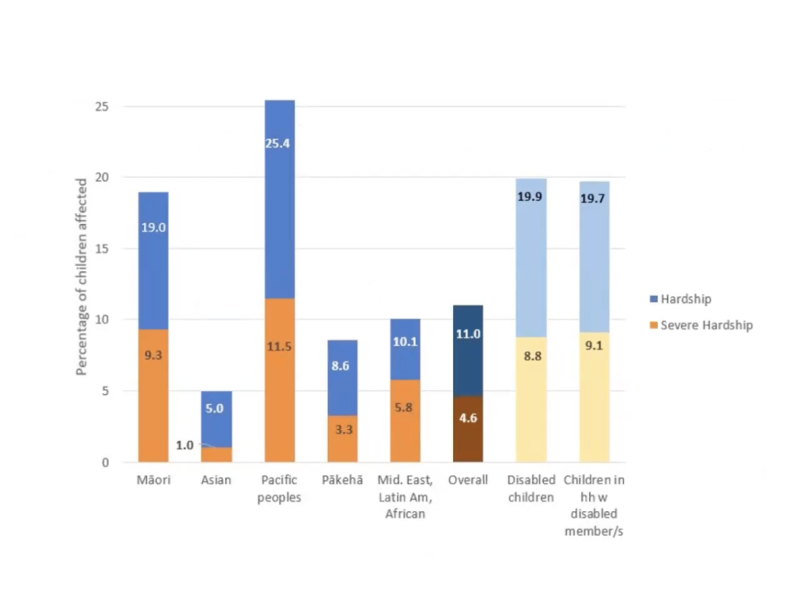Latest figures show no improvement in child poverty
Charlotte Mulder
Pasifika and Māori families in New Zealand continue to live in poverty with little assistance put in place by the government.
"Not prioritising these sicknesses can lead to long-term effects that will also withhold them from achieving in life."

